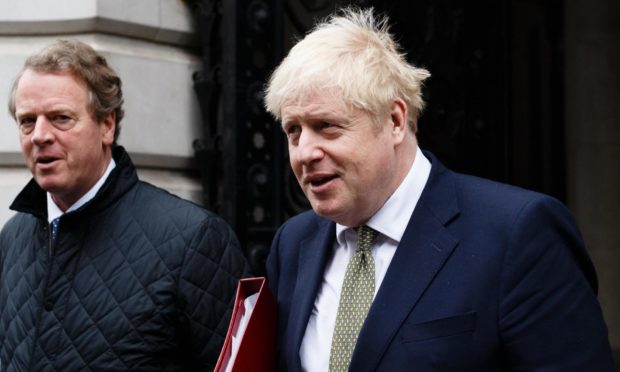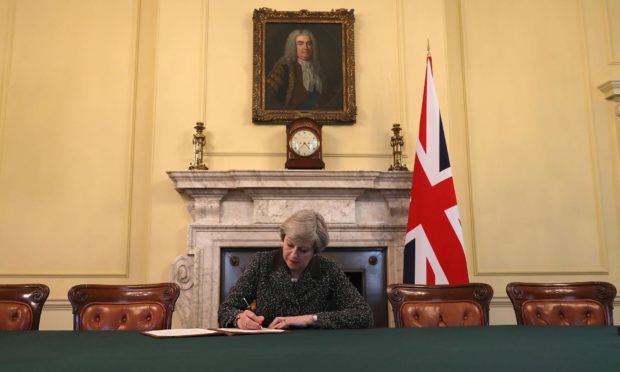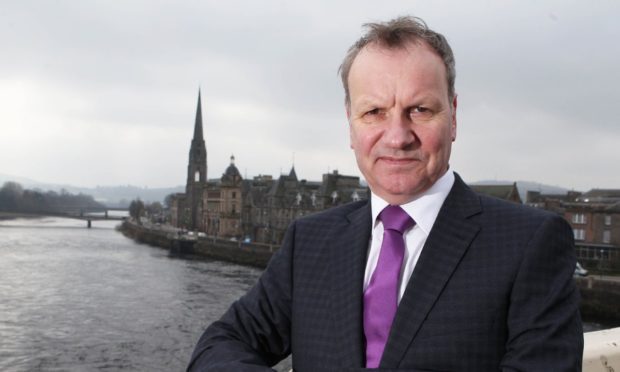A Downing Street review of how devolution is working has cost taxpayers more than £13,000, we can reveal.
The review, which was set up by Theresa May in July 2019, was tasked with investigating how the Union could be strengthened after MPs concluded relations had “broken down” between the UK and Scottish governments.
Spearheaded by Tory peer Andrew Dunlop, the review reported to Number 10 in Christmas 2019 with 40 recommendations.
Despite numerous promises to publish Lord Dunlop’s findings, most recently from Cabinet Office minister Michael Gove, who said it would be made public “before the end” of 2020, the report remains shrouded in secrecy.
Using freedom of information laws we have discovered Lord Dunlop was assisted in his investigation by four civil servants and the review cost £13,173.
That figure accounts for £3,024 in travel and subsistence costs and £10,149 in “communications support”.
Taking the combined salaries of the civil servants into account, the true cost of the review is likely to be much higher.
‘We’re all mystified’
Scottish Affairs Committee chairman Pete Wishart, who has been demanding the report’s publication for more than a year, said: “I think we’re all mystified and bewildered about the secrecy concerning the Dunlop Review.
“This has been well over a year in gestation and no one knows yet exactly what is included in this report.
“All the territorial select committees in the House of Commons and the public accounts committee have requested to be able to speak to Andrew Dunlop about this review and we have not been able to secure anybody to help us with this.
“This is a gross waste of taxpayers’ money and I think, after all the discussion and debate around this review, the government must bring this forward at the earliest opportunity so we can see exactly what it entails in the run up to the Scottish general election.”
Former Scottish Secretary Alistair Carmichael added: “Either Lord Dunlop’s review was worthwhile, in which case it should be published by the government without further delay, or it was not worthwhile, in which case it was a waste of time and taxpayer money.
“Reviews should be serious government business, not a black hole of expenses with no outcome.
“The simplest answer would be to publish the report and let the public judge for themselves.”
A Westminster source, who has seen the review, told us last year that it examines “how you change the mindset in Whitehall, how you get the big departments putting at the forefront of their mind the impact of their policies on the Union as a whole.”
It is believed the prime minister is planning a “big push” on the Union in the coming weeks, ahead of the Holyrood elections, which could not only include more spending announcements and a keynote speech on the Union but also the publication of the Dunlop Review.


